Who Started the Movement for National Arab American Heritage Month? History and Legacy
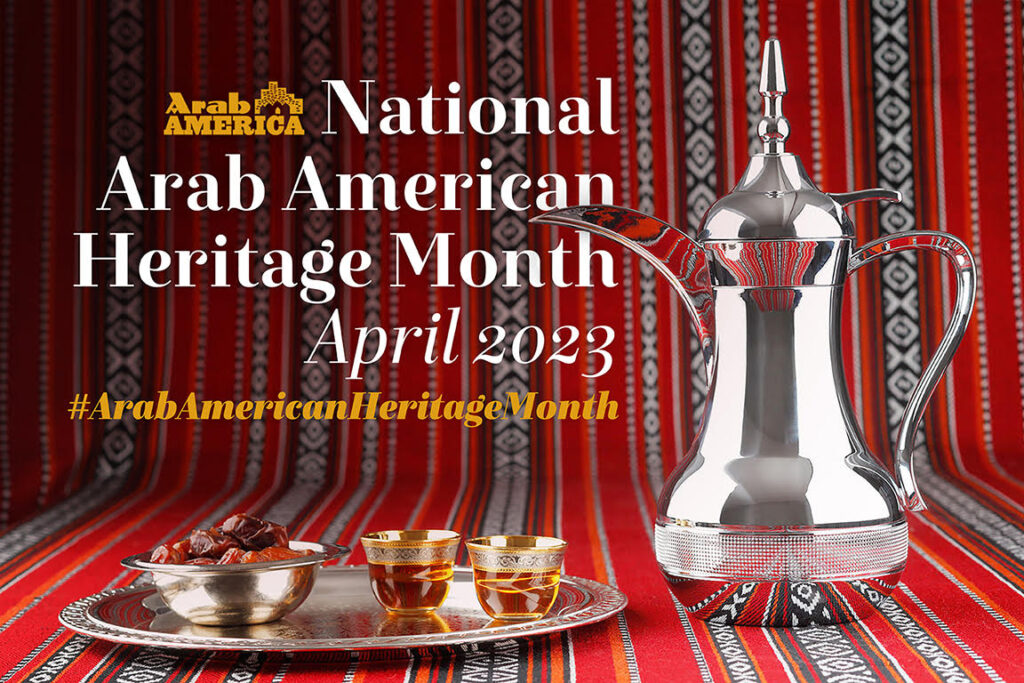
By: Salma Heram / Arab America Contributing Writer
In recent years, National Arab American Heritage Month (NAAHM) has quickly attracted attention and gained interest from Arabs and non-Arabs alike, garnering well-deserved recognition for our Arab-American community. Follow along as we tell the story of how NAAHM came to be, as told by Warren and Dr. Amal David, co-founders of the Arab America Foundation.
Designating April as National Arab American Heritage Month
The process to designate the month of April as NAAHM began formally in 2017, although according to Warren and Dr. Amal David, celebrations of Arab American Heritage date back to the 1980s and earlier. Dr. Amal, who was a supervisor in the Detroit Public School System for many years, noticed in 2017 that some cities celebrated Arab American Heritage at different times and at varying periods of time throughout the year. States such as Michigan, Illinois, California, Texas, DC, Maryland, and others promoted celebrations inconsistently and with no coordination with each other. The Davids wanted to address this inconsistency and aimed to dedicate a whole month to celebrating Arab American Heritage.
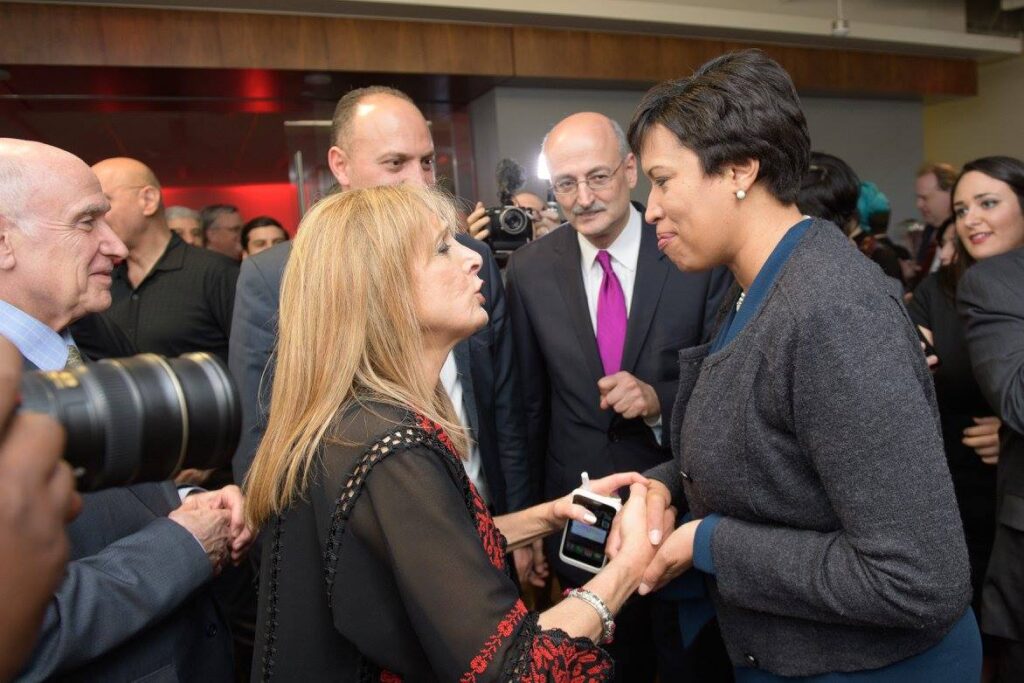
When setting out to choose the month for NAAHM, April was picked for several reasons. First, Arab America Foundation didn’t want to take away from other minority communities, thus avoiding February for Black History Month, March for Women’s History Month, and September and October for Hispanic Heritage Month. Furthermore, April did not conflict with summer vacations and graduations, nor with the return to school in the fall.
Second and most importantly, April was chosen for symbolic purposes. According to Dr. Amal, April was selected because it marked the beginning of the Spring season; symbolizing hope, growth, color, and new beginnings–-which was perfect for celebrating our wonderful Arab American community and its heritage.
After launching this initiative, school systems began to adopt NAAHM in April. As Mr. David described, the Arab America Foundation worked to promote NAAHM in four phases: phase one: disseminating educational materials to school systems; phase two: seeking citations and proclamations from state governors, municipalities, counties, and school districts; phase three: planning projects and celebrations; and finally, phase four: engaging corporations to participate as sponsors of the initiative and to provide them with diversity, equity, and inclusion (DEI) training regarding the Arab American identity, history, values, food, language, civil rights, and Arabs’ contributions to American society. As such, Arab America Foundation developed an Educator’s Curriculum Kit to be utilized by educators during NAAHM. The nine-module guide encompasses everything from the geography of the Arab world to the history of Arab immigration to the U.S., as well as all the topics listed above.
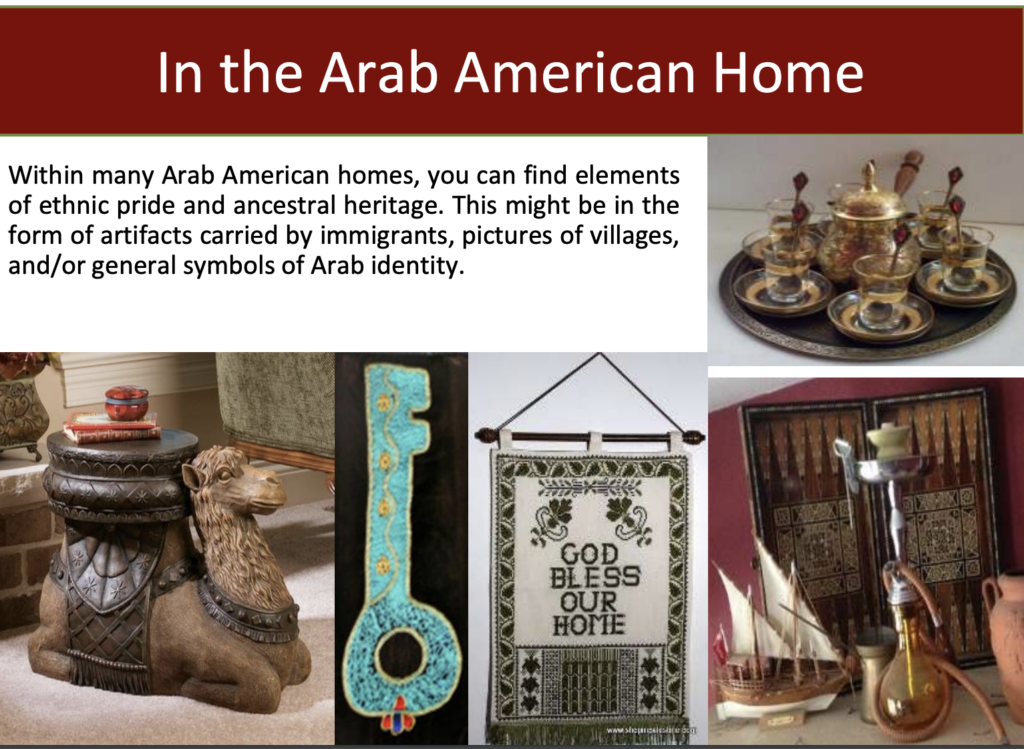
The First NAAHM Celebration and Recognition
The first National Arab American Heritage Month Celebration took place in Washington, DC, in April of 2017 at the New America. Along with various displays of Arab culture, including a fashion show, dancing, and singing, this event marked an important milestone for the recognition of Arab American Heritage Month to be celebrated nationally. That evening, Mayor Muriel Bowser of Washington, DC proclaimed April as National Arab American Heritage Month, setting an important precedent for mayors and governors across the country. Furthermore, Representative Debbie Dingell of Michigan spoke of the importance of the Arab American community in her district and its integral role in American society.
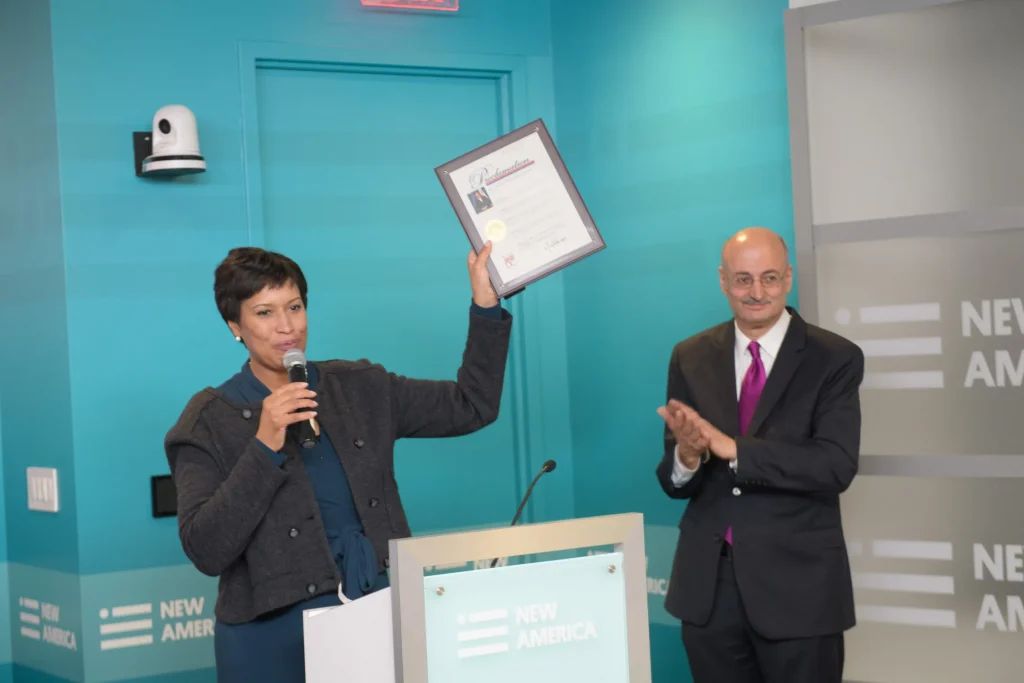
The following year, 2018, Arab America received five proclamations and resolutions commemorating NAAHM from various school systems as well as the mayor’s, governor’s, and congressperson’s offices in Virginia, Maryland, Michigan, and California.
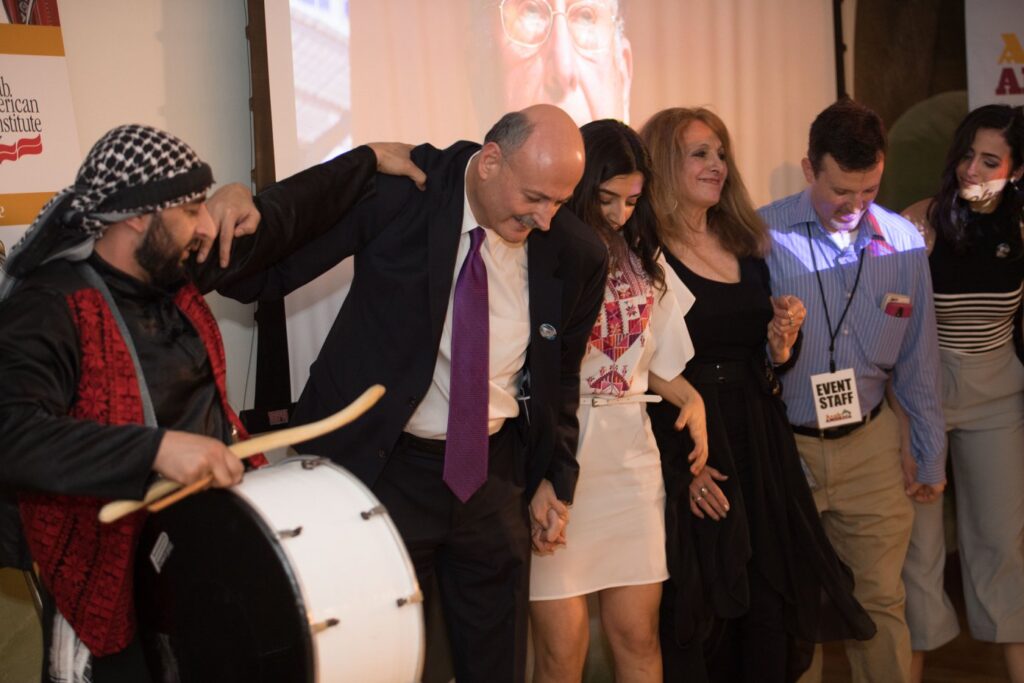
In 2019, the Arab America Foundation was launched, and NAAHM quickly gained official attention, garnering 109 proclamations and resolutions representing 26 U.S. states, an immense increase from the previous year. A National Team was established, sharing progress notes and meeting to discuss future national plans to promote NAAHM, and hearing from major speakers discussing challenges and triumphs.
In 2020, during the height of the COVID-19 pandemic, 22 proclamations from state governors were received. Although online celebrations took place instead of Arab America’s typical lively in-person functions, the pandemic didn’t stop the Arab America Foundation from their continuous communication with their state teams across America to promote NAAHM.
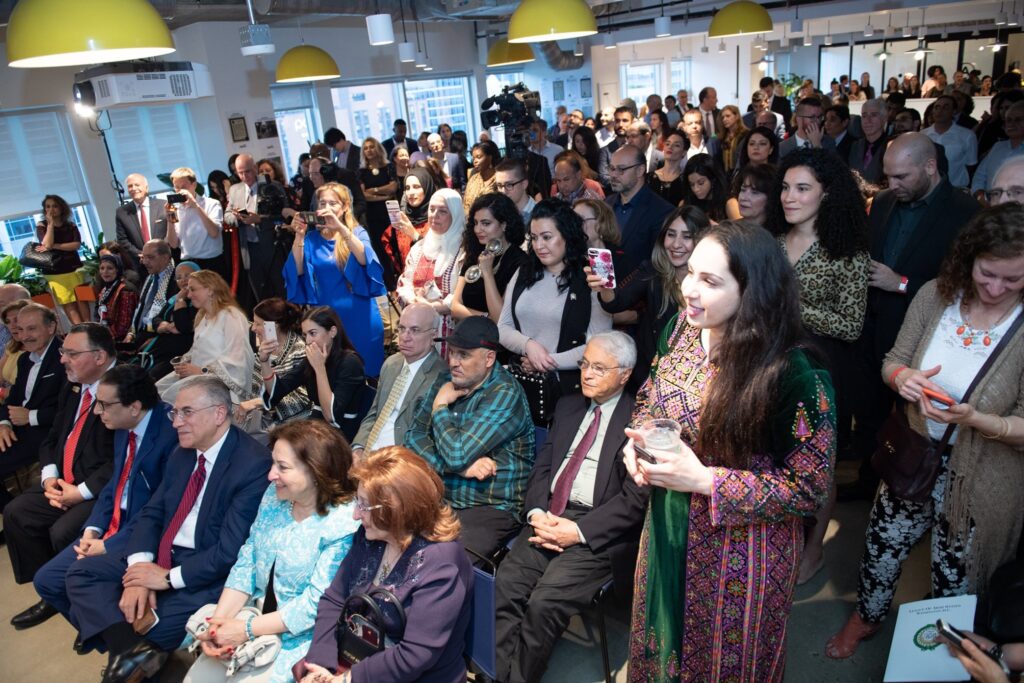
2021 was an exciting year for Arab America and the initiative to promote Arab American Heritage Month, as it marked the first time the President of the United States recognized April as National Arab American Heritage Month, as expressed by a letter from President Joe Biden to the Arab America Foundation. That same year, Arab America received 130 proclamations, resolutions, and statements from 45 states, as well as 37 state governors. All the above was achieved again during the pandemic period. The real heroes in achieving this were members of the Arab America state teams and Cousins (paid members) on the ground who excitingly contacted their local public offices and school boards, asking them to proclaim the contributions of Arabs in America.
Most recently, in 2022, a record number of citations were received, with 144 proclamations, resolutions, and statements from 45 state governors. Additionally, several states passed permanent legislation designating April as NAAHM, including Illinois; Oregon; Virginia; and Indiana (Senate).
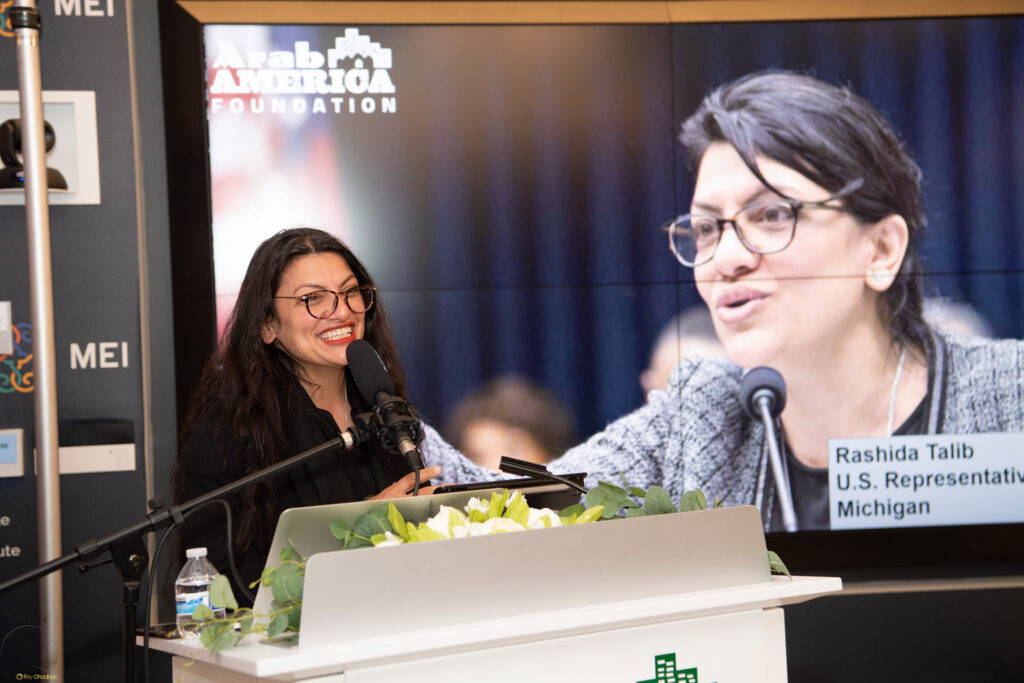
This year, in 2023, Arab America Foundation is seeking recognition from all 50 states. Furthermore, permanent initiatives have begun in New Jersey, Ohio, Michigan, California, and Rhode Island. The enthusiasm from corporations and universities in commemorating NAAHM is increasing tremendously, along with exponential growth in interest in presentations about the Arab American identity.
None of this success would have been possible without Arab America’s grass-roots network of over 250 Arab American volunteers in 28 states, gathering a large number of proclamations from organizations in their states, counties, municipalities, local school districts, and of course governors. This year, we have already made history by receiving a proclamation from Alaska’s state governor for the first time.
See the accomplishments from National Arab American Heritage Month in 2022
Implications
While this increased recognition of Arab American Heritage is exciting and long overdue, Dr. Amal and Warren David explained that the designation of National Arab American Heritage Month is larger than it appears. As Mr. David described it, “NAAHM is a movement to reclaim narrative, history, language, music, food, and to exercise our civic duty as Arab Americans.” Dr. Amal added that while it increases our sense of pride in our community, NAAHM is also about educating non-Arabs in the U.S., citing her background in education. She passionately emphasized that what motivates her to continue promoting NAAHM is the idea of educating non-Arabs on the legacy of Arab Americans and that depriving the younger generation of Americans of an understanding of Arab American heritage is a disservice to them, both Arab and non-Arab children alike. She went on to emphasize the importance of allowing young Arab children to be “proud of their identity, and to see people like them and their ancestors represented in the classroom and beyond.”

When asked about the obstacles they faced in working to establish National Arab American Heritage Month, the Davids admitted that they experienced more than their fair share of hate messages and backlash. However, as Mr. David put it, this negativity was “the exception, not the rule,” and overall Arab America Foundation received overwhelming support, both moral and financial, from the community, private donors, and other organizations.
Legacy
As we move into the month of April this year, we recognize that National Arab American Heritage Month holds immense significance, both for Arab Americans and non-Arab Americans alike. By “being true to our ancestors,” as the renowned Lebanese poet and philosopher Khalil Gibran stated, we stay true to ourselves and build future generations of proud Arab Americans.
For more information about National Arab American Heritage Month, click here.
To sponsor National Arab American Heritage Month during April 2023, click here.
To attend the National Arab American Heritage Month Commemoration, click here.
To donate to the Arab America Foundation, click here.
Visit Arab America’s blog here!








